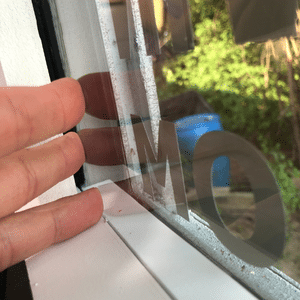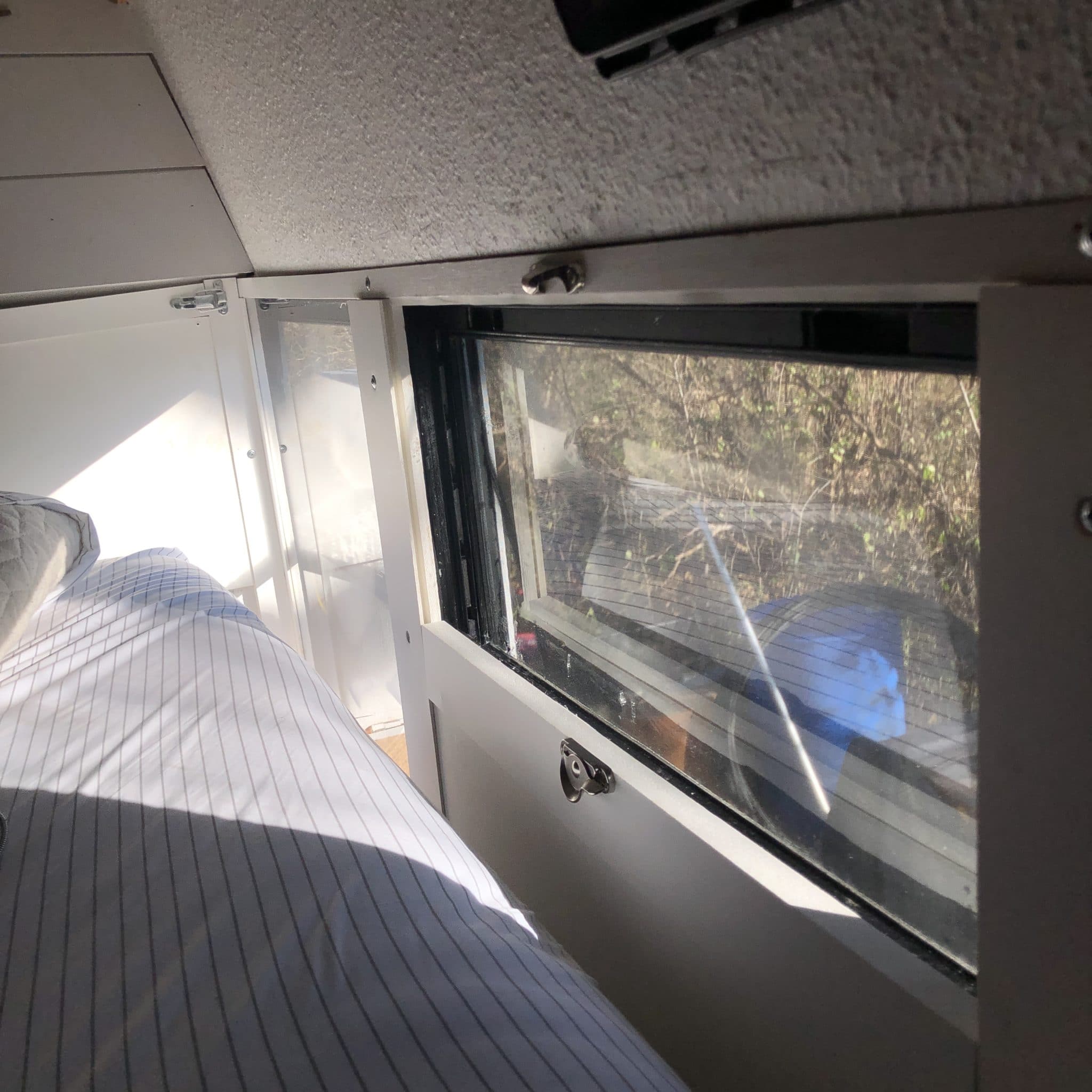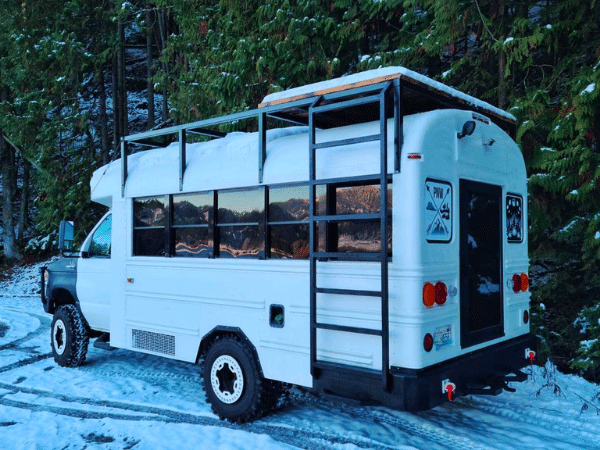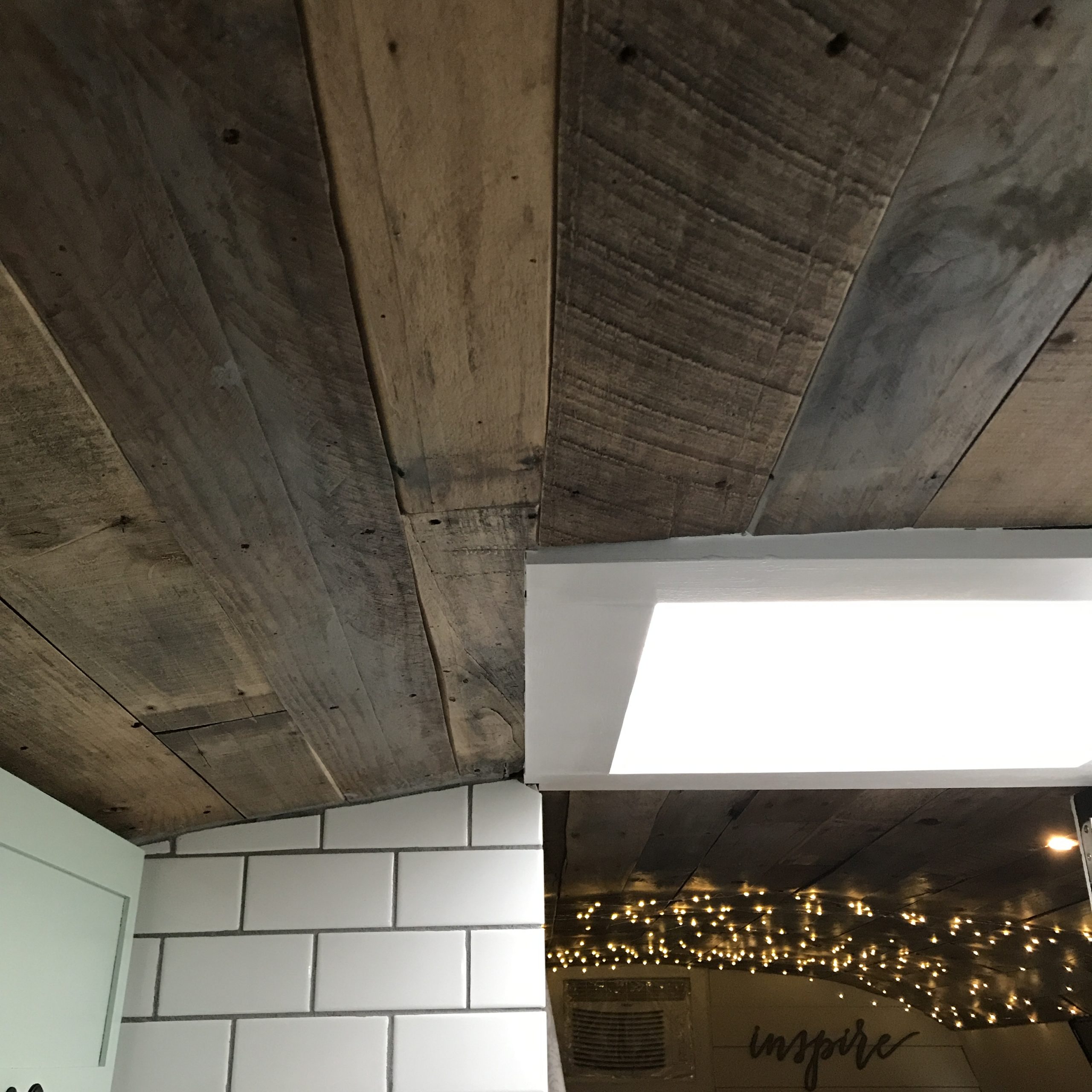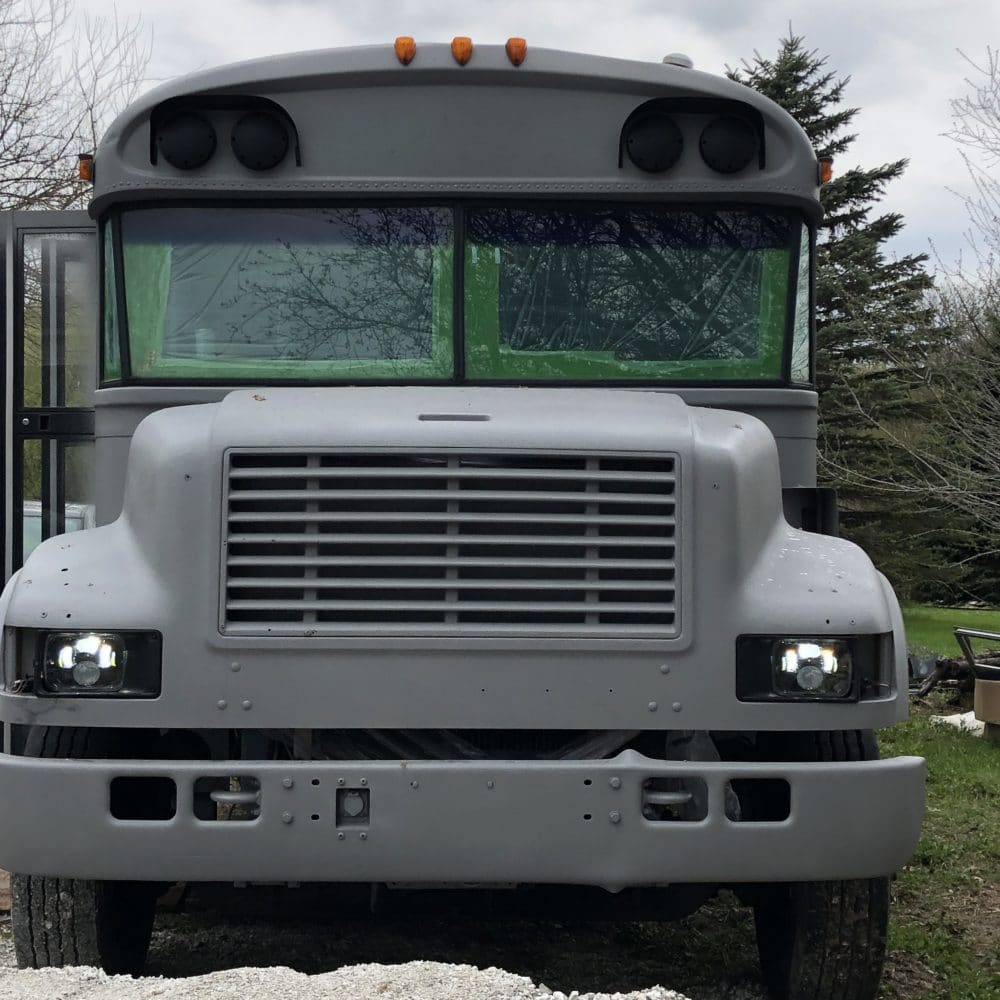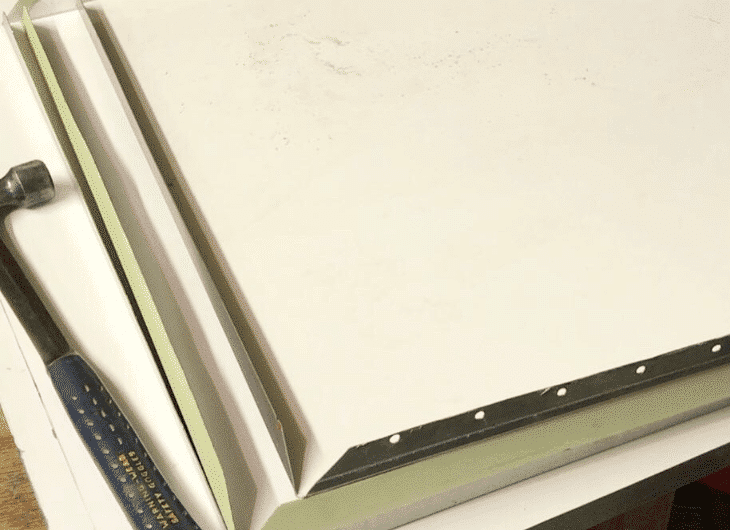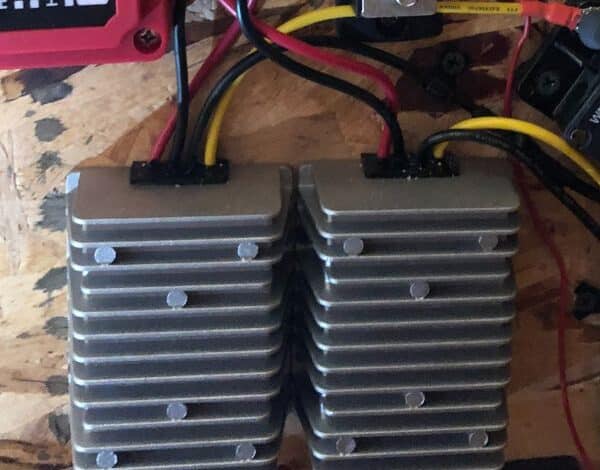
A 24V to 12V converter is a DC-DC converter that takes in a 24V DC voltage and outputs a 12V DC voltage. These are called step-down voltage converters or voltage regulator reducers.
A 24V to 12V converter with a 24V battery bank is needed, as most RV appliances require a 12V DC power supply. This includes lights, water pumps, furnaces, water heaters, vent fans, and RV refrigerators. You will need a 24V to 12V converter to decrease the voltage and ensure your devices receive power at the correct voltage.
Why Convert 24V to 12V DC?
Here are a few reasons why you should consider converting 24V to 12V DC:
- Compatibility: As mentioned earlier, many appliances and devices for RV use run on 12V DC power. By converting 24V to 12V DC, you can ensure that all your devices and appliances are compatible with your RV’s electrical system.
- Efficiency: There will be energy loss when you run some 12V DC devices on a 24V DC system. This is because the excess voltage needs to be dissipated as heat, which can cause your system to become inefficient. By converting 24V to 12V DC, you can ensure your RV’s electrical system runs at peak efficiency.
- Less Waste: Some RV appliances made for 12V can run off of 24V, such as water pumps. However, the water pump will run faster. So not only will you be consuming more energy, but you will also increase your water flow rate resulting in more water usage for the same tasks.
- Cost: If you are converting from 12V battery bank to 24V, purchasing all new 24V devices would be a significant cost on top of the money spent on the original 12V devices you already have. By using a 24V to 12V converter, you can use any existing 12V devices you already had and all the pre-existing wiring to avoid the cost of replacing your devices and appliances.
Converting 24V to 12V DC in your RV can help you save money, improve efficiency, and ensure compatibility with your devices and appliances when building a 24V electrical system.
How to Calculate a 24V to 12V Converter Size Requirement
To calculate the size requirement of a 24V to 12V converter, you will need to consider the following factors:
- Input voltage: The input voltage of the converter is 24V.
- Output voltage: The output voltage of the converter is 12V.
- Maximum current requirement: Determine the maximum current need for your load in Amps by adding the amp requirements of all the 12V devices you would like to run.
Once you have these values, you can use the following formula to calculate the size requirement of the converter:
Size Requirement (in watts) = Input Voltage (in volts) x Maximum Current Requirement (in amps)
For example, if your maximum current requirement is 5 amps for all of your 12V devices, then the size requirement of your 24V to 12V converter would be:
Size Requirement = 24V x 5A = 120 watts
Therefore, you would need a converter with a minimum power output of 120 watts to power your device.
How to Install a 24V DC to 12V DC Converter
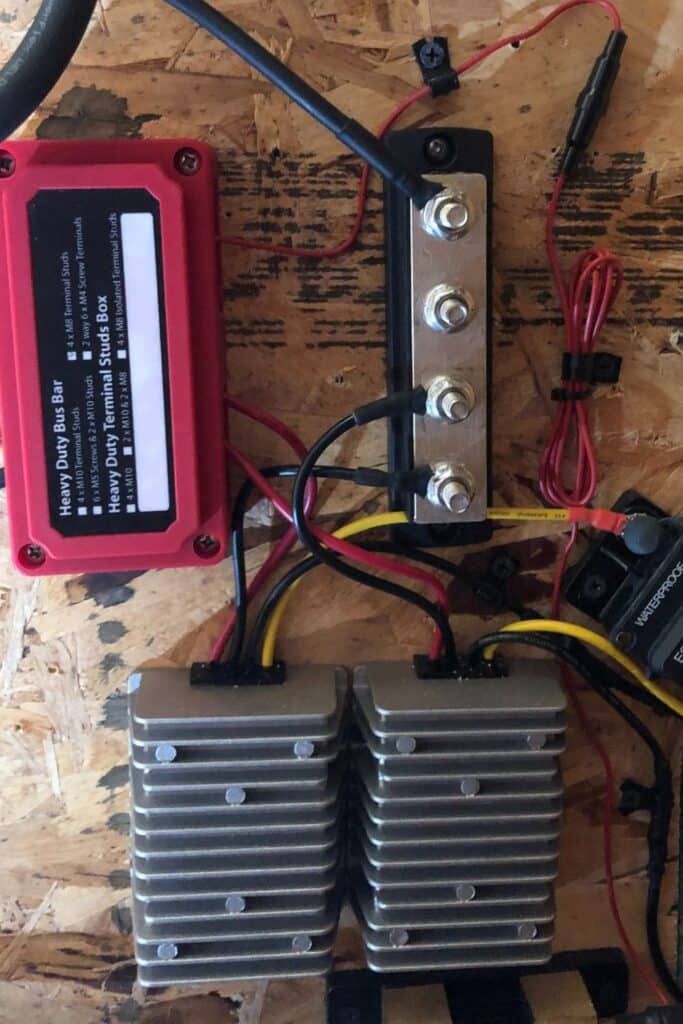
Here are the steps to convert 24V DC to 12V DC:
- Step 1: Determine the power requirements of the devices you want to power. Calculate the potential Watts and Amps the converter would need to handle. The wattage and amperage will help you choose a suitable converter.
- Step 2: Purchase a 24 VDC to 12 VDC converter that can handle the power requirements of your devices.
- Step 3: Turn off the power and isolate the 24V bus bar, where you can connect the 24V to 12V converter to positive and negative terminals.
- Step 4: Connect the positive and negative wires for the input to the converter to the corresponding busbar terminals. Connect the positive and negative output wires to the 12V bus bar or fuse box. Connect the wires correctly to avoid damaging the converter or the devices you’re powering.
- Step 5: Turn back on the 24V power supply and test the devices to ensure they work correctly.
Choosing a suitable converter for your needs is important to avoid damaging your devices or the converter itself. Look for a converter that can handle the power requirements of your devices and has built-in protection against overloading, overheating, and short circuits.
Tips for Using a 24V to 12V DC Converter in a Skoolie
We recommend choosing a converter with a slightly higher power output than you calculated to ensure it can handle any additional current requirements or fluctuations in voltage.
Consider splitting into two different converters and 12V fuse boxes to isolate your lights from appliances that require a surge in power requirements when they begin to run, such as water pumps. Using different converters and having separate 12V fuse boxes can help keep your lights from fluttering at night while you run your water.
The Best 24V to 12V Step Down Converter
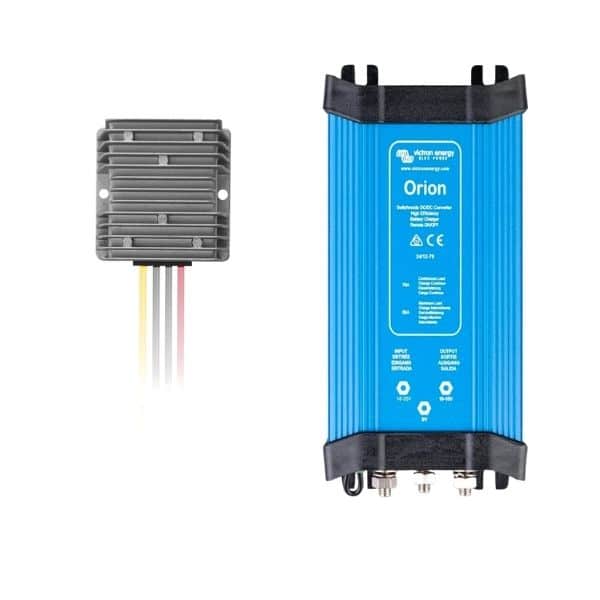
For basic applications, these Ekylin 24V to 12V step-down converters work great. Not only do they come in 5A to 25A sizes, but they also have built-in protections to prevent situations such as overvoltage, overload, undervoltage, overcurrent, overheating, and short circuits.
There are also Victron Energy Orion 24V to 12V converters, which are more expensive units. However, they have a 70A 24V to 12V converter that can be a good option if you have 12V requirements of more than 25A and don’t want to install several different converters.
